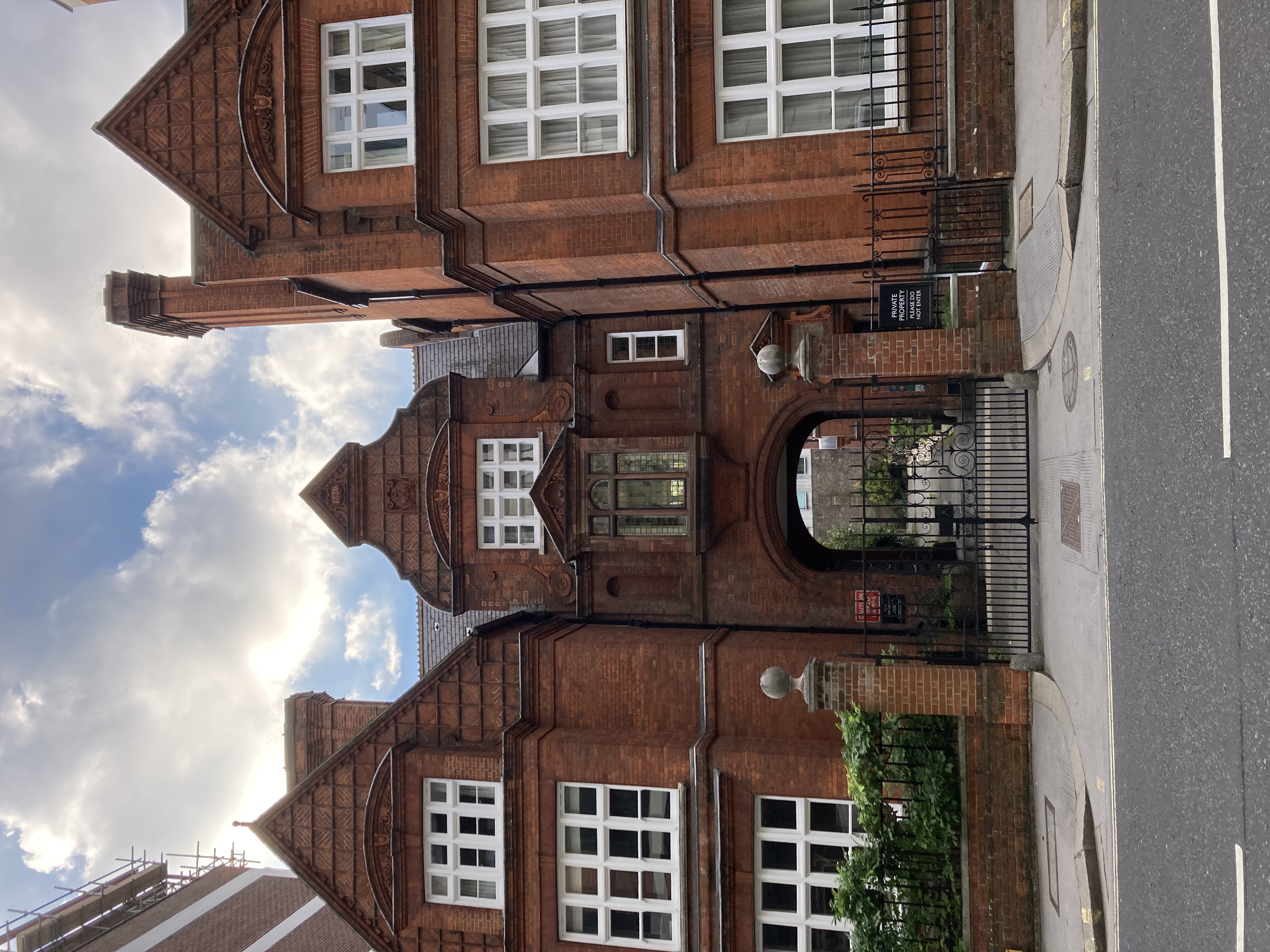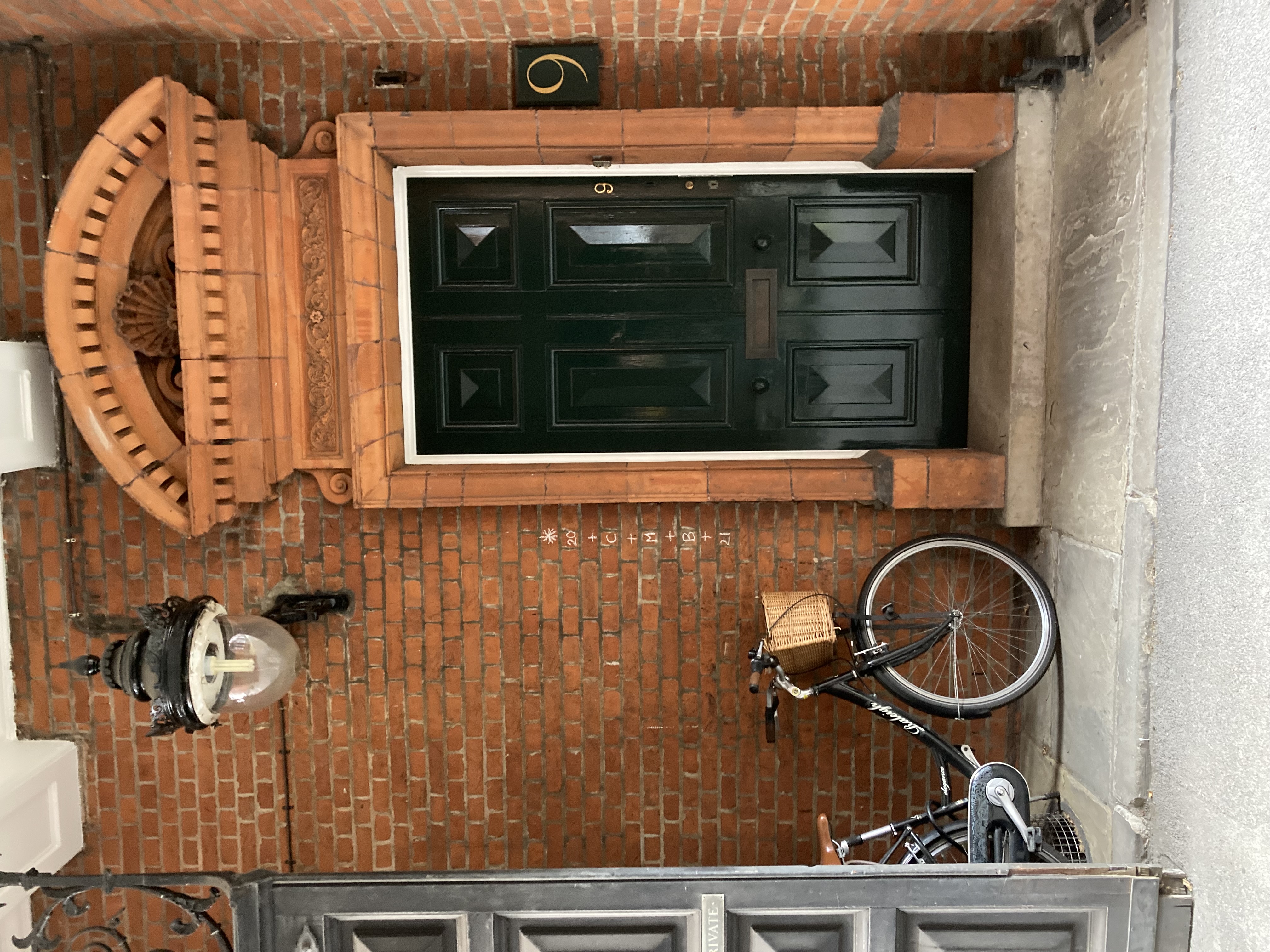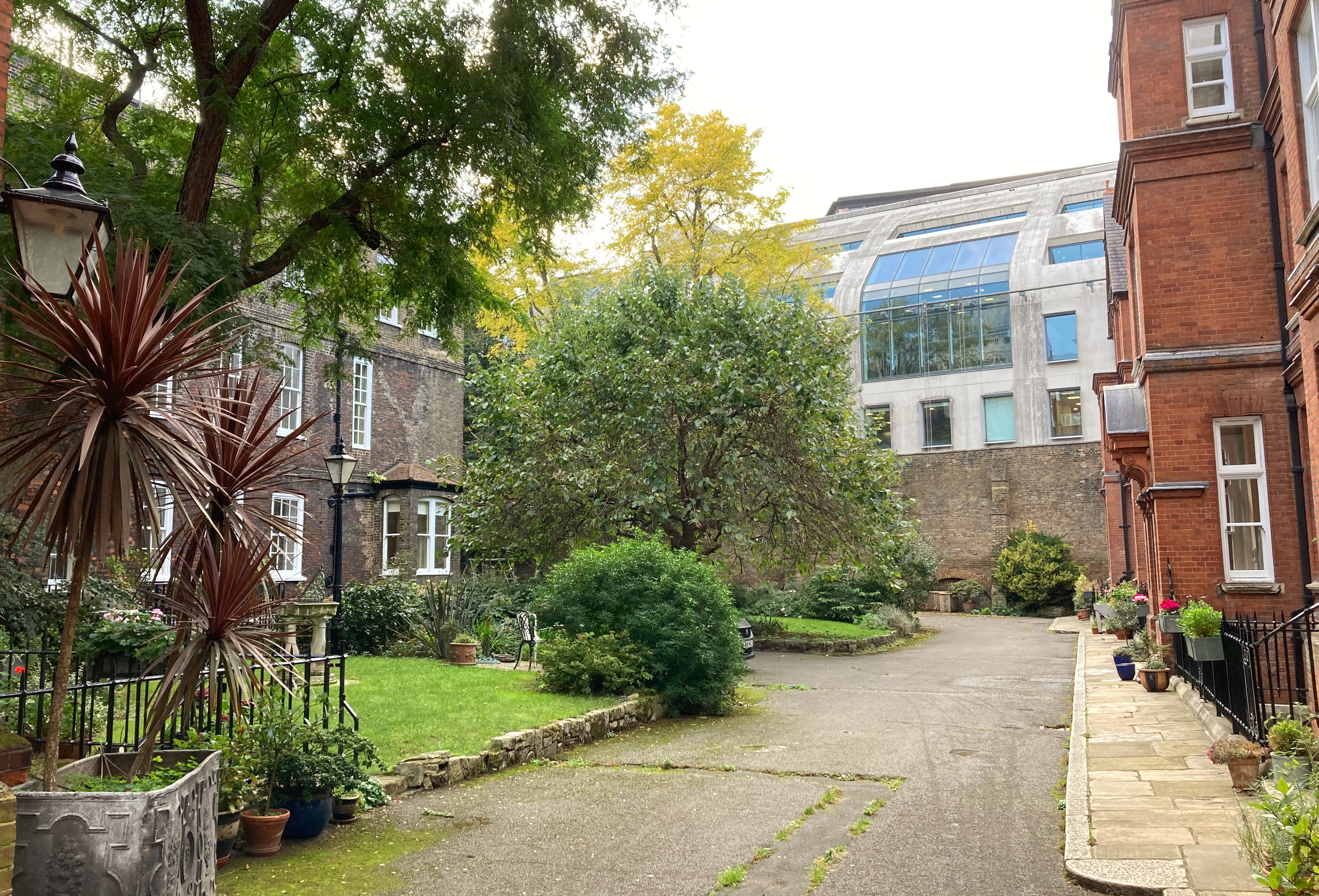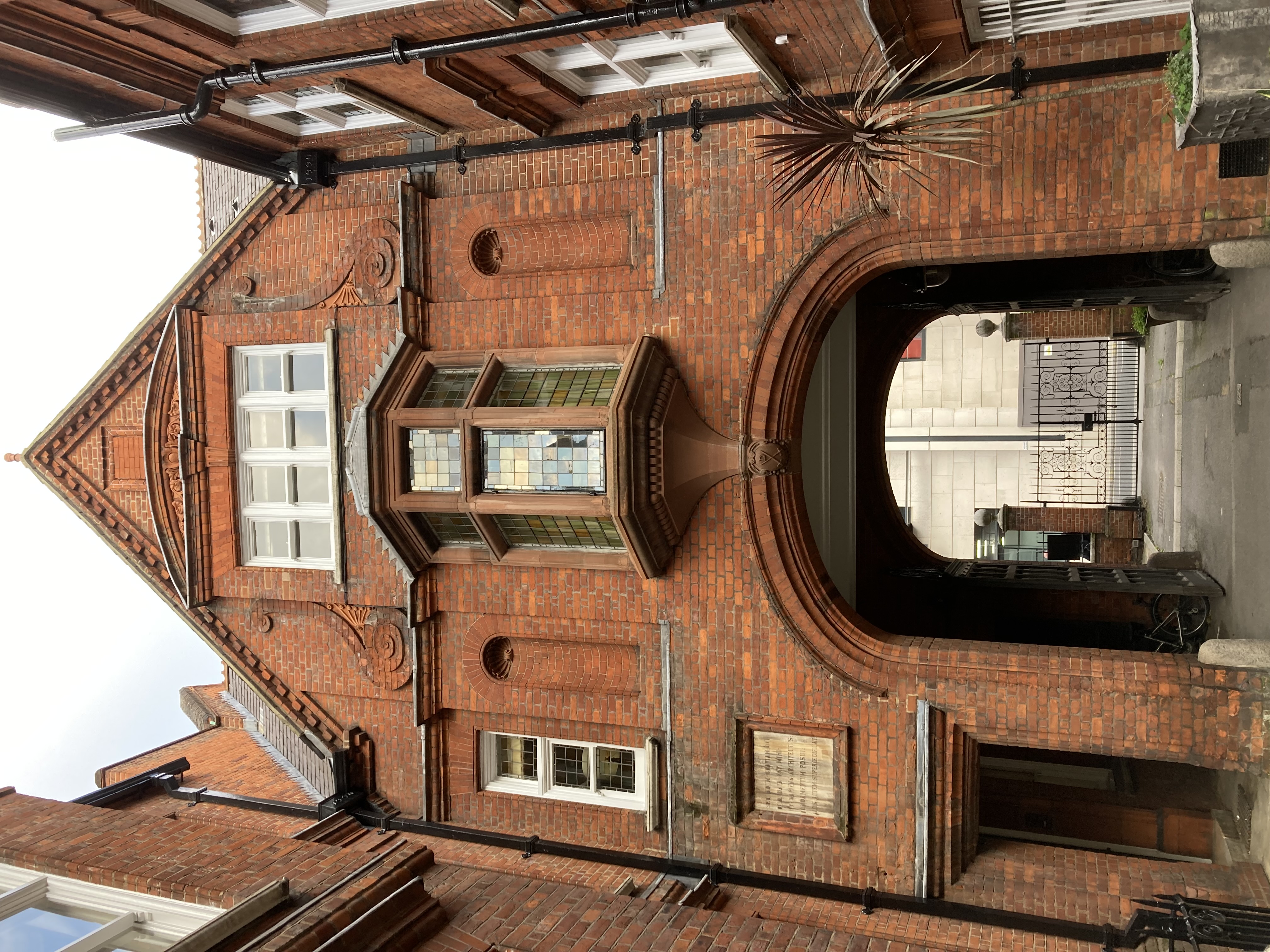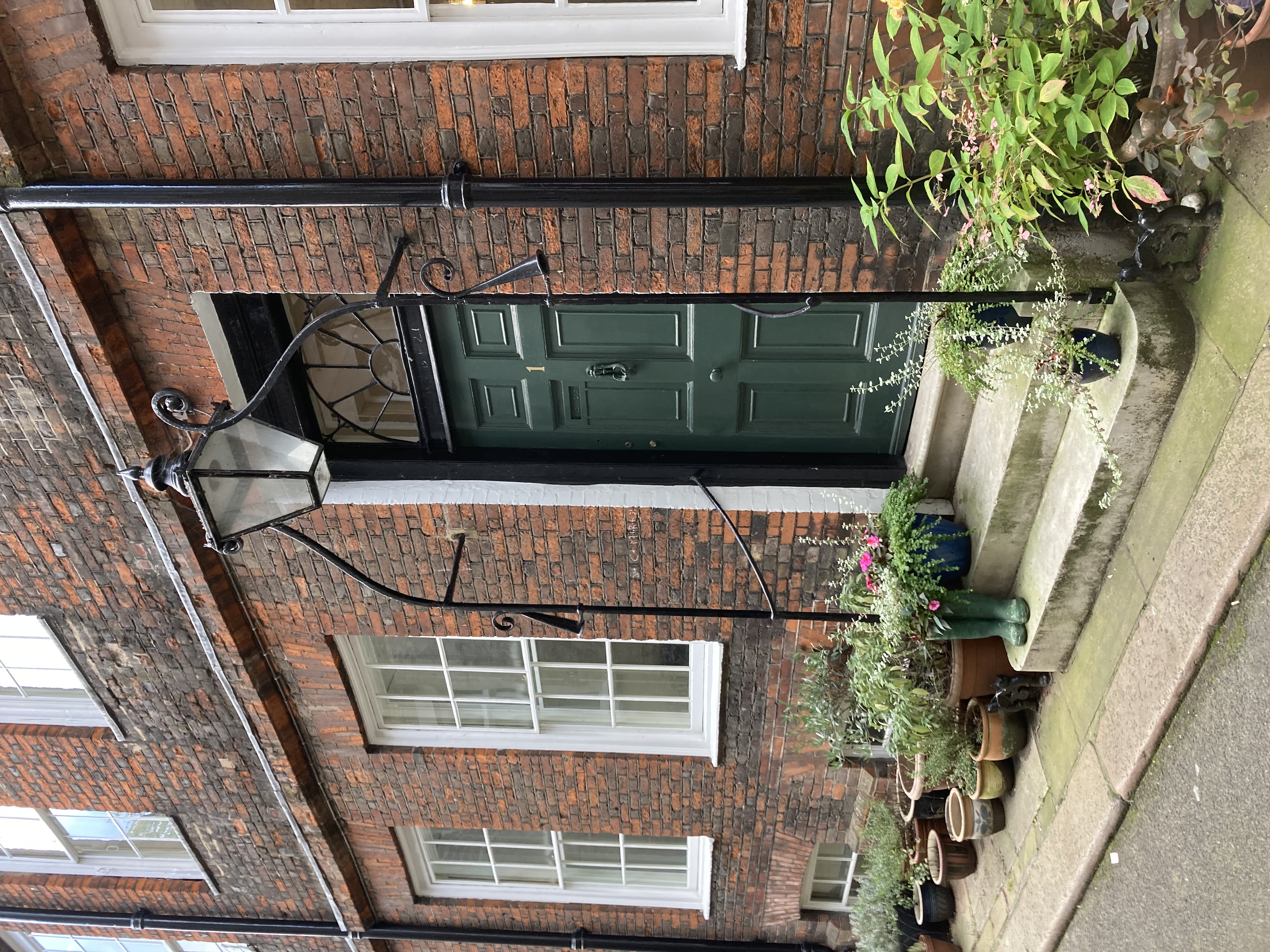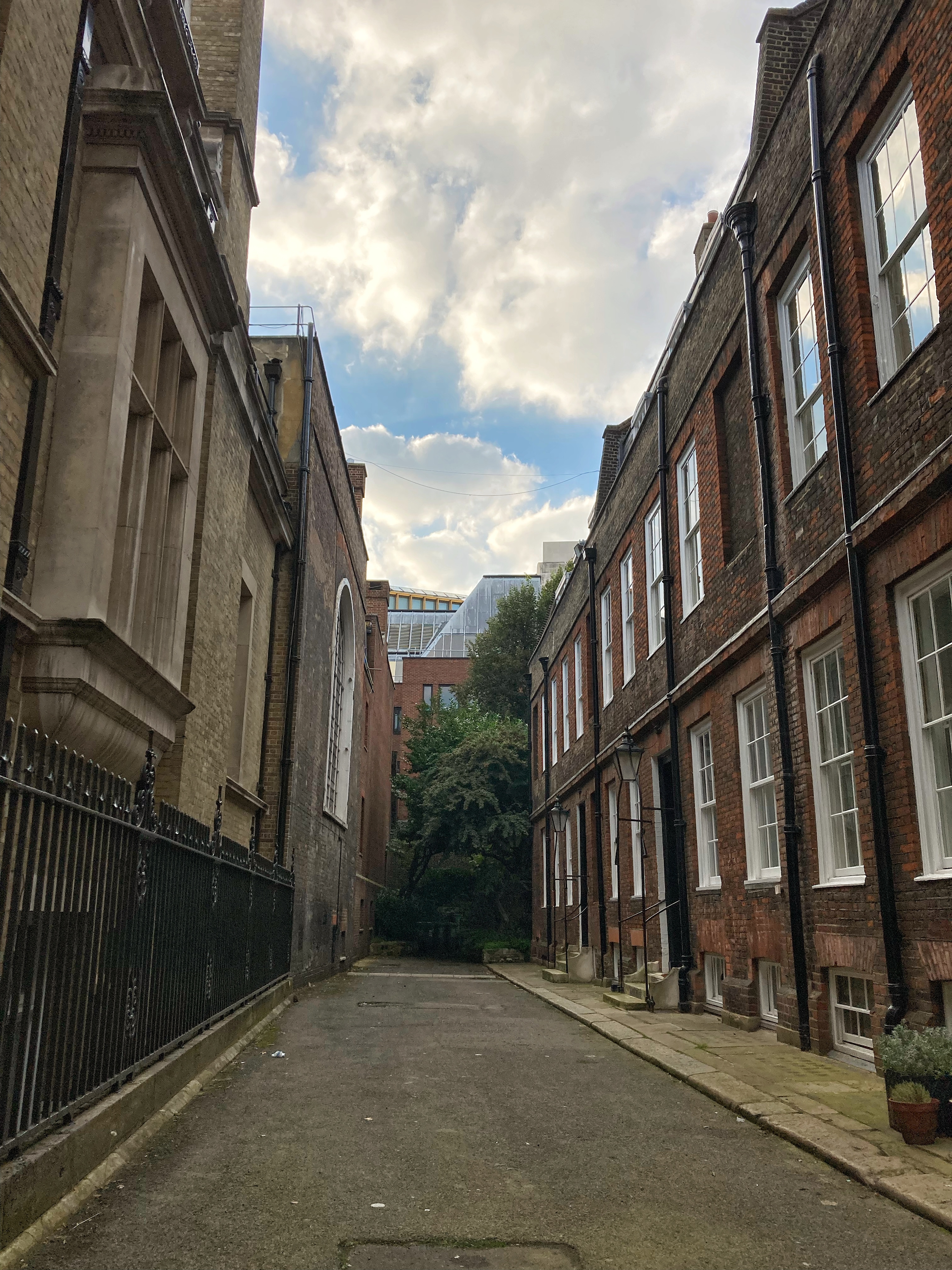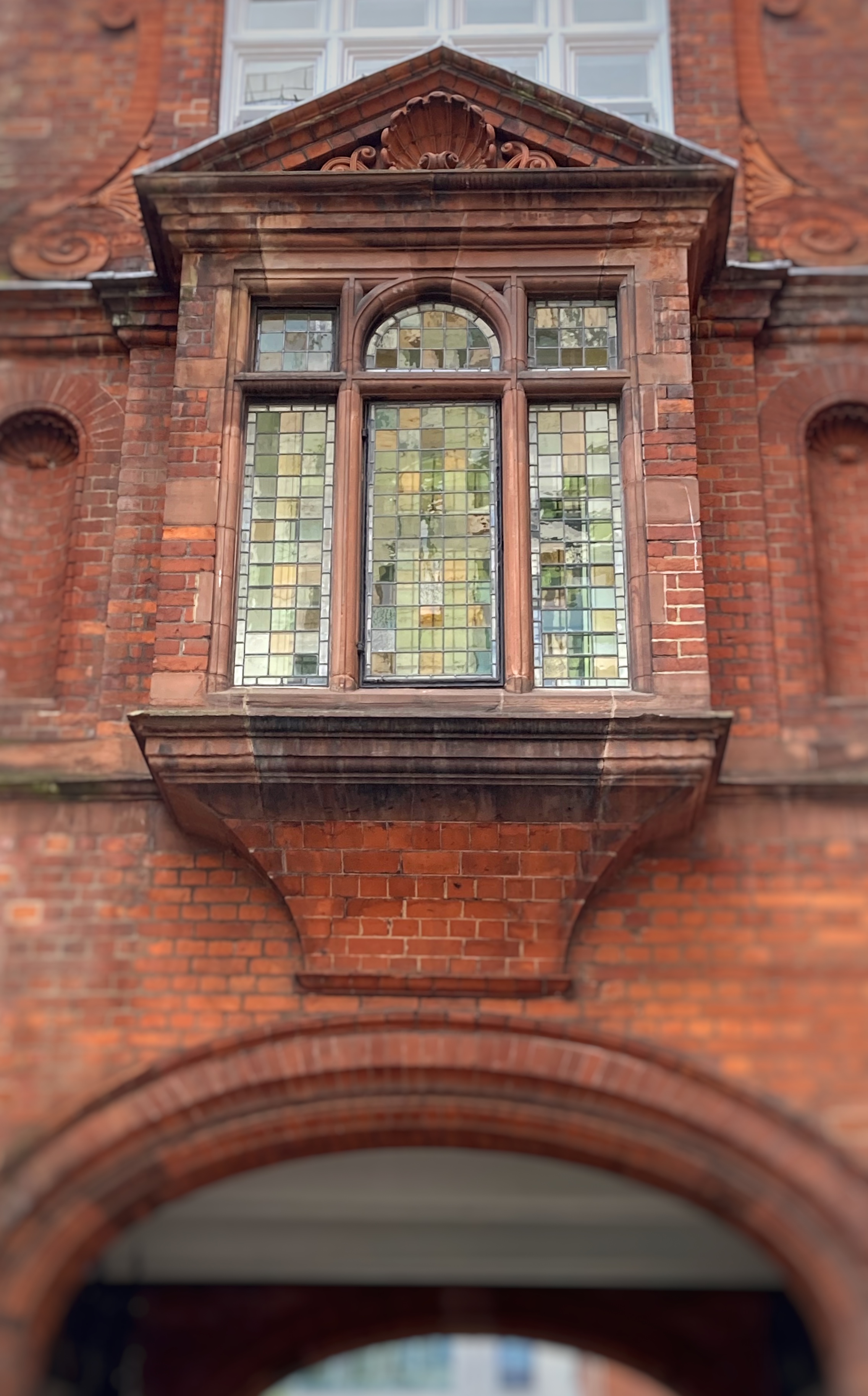Newgate Prison and St Paul’s Cathderal dominated this part of London for centuries. Both took a few blows during that time; each of them was destroyed by the Great Fire, before being rebuilt by Christopher Wren. While St Paul’s retains its prominent place in contemporary London, Newgate Prison is no more.
It was, in its days, literally a big thing. A great big building, housing hundreds of prisoners. And it was metaphorically a big symbol of legal authority, much as St Paul’s stood solid with religious importance.
If Paris had the Bastille, London had Newgate. Whereas the Bastille was stormed in 1789 during the French Revolution, London got there first. Newgate was attacked and sacked during the anti-Catholic Gordon Riots of 1780, a fictional account of which is in Charles Dickens’ Barnaby Rudge. Refurbished once again by 1782, it resumed its pre-eminence as London’s most important prison and the following year public executions were moved from Tyburn Gallows (now Marble Arch) to Newgate, making it the big Daddy in the administration of justice. When needed. gallows were constructed on Newgate Street and the crowds thronged to see the executions. On one occassion in 1807, 40,000 people packed into the streets and dozens were crushed to death.
The prison was a pretty foul and unpleasant place as you might imagine. It attracted the attention of prison reformers in the 19th century and was closed in 1902 and demolished two years later. Now the Old Bailey sits on the site, a new symbol of legal power. Newgate is no more……
…except a small part of Newgate remains.
There is a very pretty court, Amen Court, which leads off from Ave Maria Lane, through Amen Corner and takes a U shaped loop back onto Warwick Lane. This street and the surrounding area would have existed in the shadow world, squeezed between the great prison and St Paul’s Cathedral.
The names of the Court and the Corner and Ave Maria Lane all reflect the proximity of the Cathedral. The religious sounding street names pre-date the Reformation and come from when clergy from the Cathedral would process around the area saying prayers at regular intervals and places; the Lord’s Prayer in Paternoster Row, the Hail Mary in Ave Maria Lane, the Credo in Creed Lane, and the Amen in Amen Corner. It seems strange to a modern mind that the public executions outside Newgate prison would have taken place so close to a holy site but life was much lived even more jeek by jowl than now.
If you look up Amen Court from Amen Corner you see a row of seventeeth century houses to the right which were built for clergy to live and work in. These would have been constructed at the same that St Paul’s was being rebuilt after the Great Fire. Some of the houses still have the lovely wrought iron frames to hold a gas lamp above the door.
These houses and the magnificent red brick Victorian building that act as a gateway into Amen Court from Warwick Lane were all built on the ground which had been occupied by the Oxford Arms, a huge coaching inn.
The Warwick Lane entrance is rather splendid. A warm red brick edifice with a gorgeous windowed balcony above the gate, you can peer through the open gate to see a charming garden beyond. This is private land and a locked gate normally stops further exploration. If however you find the gate is ajar, as it was when I visited, it is well worth poking a respectful nose beyond, not least because the grey-stone far garden wall is, in fact, part of the wall that once formed the boundary of Newgate prison’s graveyard.
Take in the calm surroundings of the contemplative gardens and, if you dare, venture to the far wall and lay a hand on the stone. Close your eyes and listen out for the sounds of prisoners taking their exercise or blood thirsty crowds gathering for the kill or parades of priests chanting in unison. They are all there. Not at this moment of time, it is true. But if you listen hard enough in the peace of quiet of today’s Amen Court, you can hear the old sounds in the distance.
